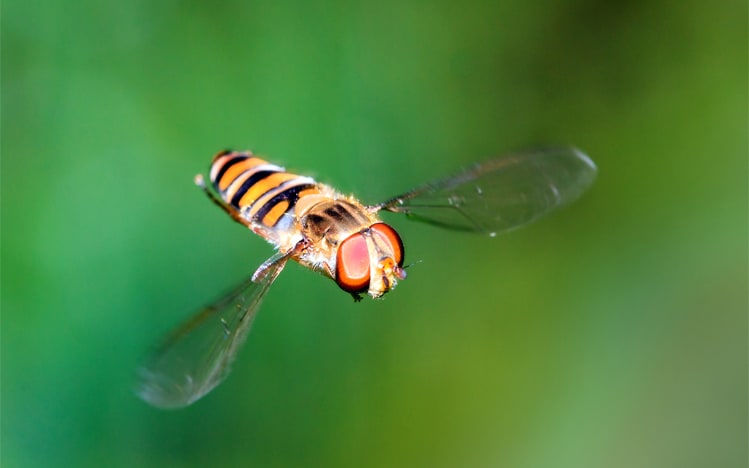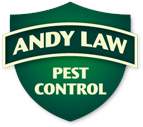
How Can You Spot Hover Flies?
Can you tell the difference between wasps and hover flies? Many people cannot, and it’s not surprising either – they look quite similar. We’re in the middle of the peak season for hover flies, so plenty of people are getting spooked by their appearance. Here’s how to tell the difference between wasps and hover flies, so you know whether to keep a wide berth or not.
What do hover flies look like?
Chances are, you won’t get the opportunity to look at a hover fly up close for a long time. That’s why lots of people just avoid them. They have the same black and yellow colouring on their bodies as wasps do too, making it even harder to tell them apart.
Have you noticed that wasps look as though their bodies are hinged in the middle? They’ve got the head and upper body, followed by a tiny waist and the remainder of their body – the part with the sting in the tail. Hover flies are more compact and chunky, with no defined mid-section.
Now, you’re not going to hang around long enough to check the differences between the two. For instance, hover flies have short antenna, whereas wasps have longer ones. But are you going to get close enough to measure them? No.
So, how can you tell whether you’re being bothered by a wasp or a hover fly?
Fortunately, there is one way to tell them apart. The clue is in the name. Hover flies do just that – they hover. The next time you see a wasp in your garden, observe its behaviour as it goes from one plant to the next. It never hovers – it simply flies from A to B as it goes about its business.
That’s not the case with hover flies. They do indeed hover in one spot in the air. If you see am insect hovering like this, and it’s coloured the same as a wasp… don’t worry. Leave it be because it won’t harm you. It’s a hover fly.
Where do they build their nests?
If you have a nest somewhere close to your property, perhaps in the eaves, it’s likely to be a wasps’ nest. Hover flies tend to build their nests in trees or other appealing spots in the garden.
So, now you know what might have created that nest you’ve got. If you want confirmation, call in the experts today to find a solution.
